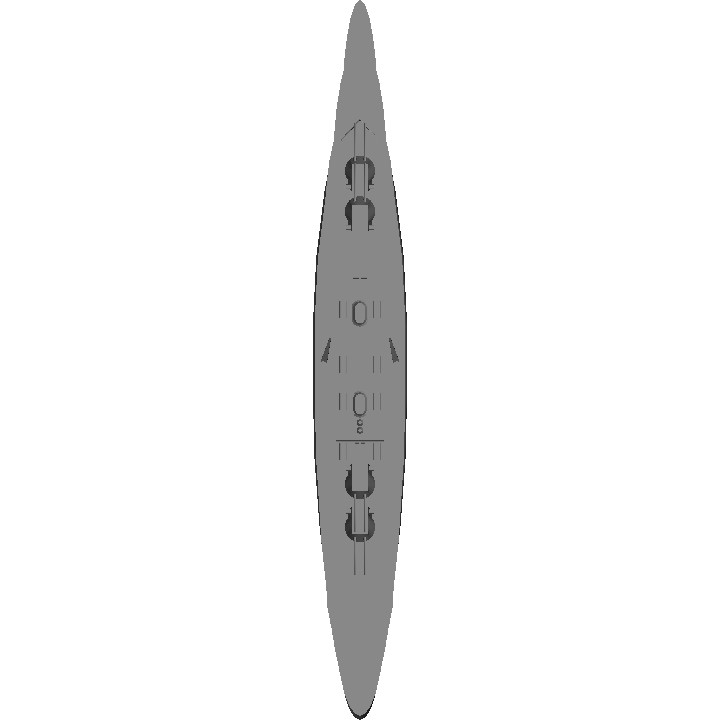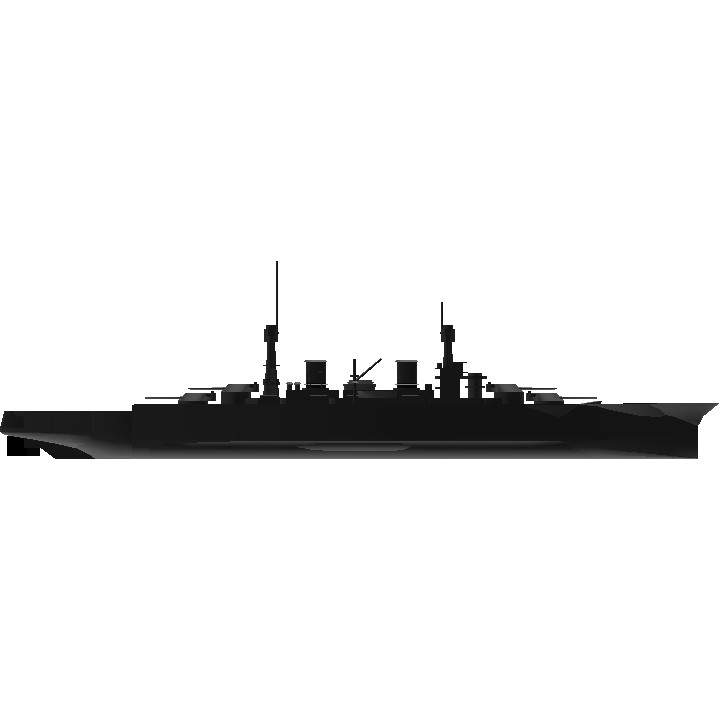The Lexington-class battlecruisers were officially the only class of battlecruiser to ever be ordered by the United States Navy. While these six vessels were requested in 1911 as a reaction to the building by Japan of the Kongo class, the potential use for them in the U.S. Navy came from a series of studies by the Naval War College which stretched over several years and predated the existence of the first battlecruiser, HMS Invincible (a series of proposed battlecruiser designs was in fact submitted to the General Board in 1909 but was not approved for construction). The fact they were not approved by Congress at the time of their initial request was due to political, not military considerations. The Lexingtons were included as part of the Naval Act of 1916. Like the South Dakota-class battleships also included in the 1916 Act, their construction was repeatedly postponed in favor of escort ships and anti-submarine vessels. During these delays, the class was redesigned several times; they were originally designed to mount ten 14-inch guns and eighteen five-inch guns on a hull with a maximum speed of 35 knots (65 km/h; 40 mph), but by the time of the definitive design, these specifications had been altered to eight 16-inch guns and sixteen six-inch guns, with a speed of 33.25 knots (61.58 km/h; 38.26 mph) to improve hitting power and armor (the decrease in speed was mostly attributed to the additions of armor).The design challenges the Navy's Bureau of Construction and Repair (C&R) faced with this class were considerable, as the combined requirements of optimum hitting power, extreme speed and adequate protection taxed the knowledge of its naval architects and the technology of the time. The desired speed of 35 knots had been attained previously only in destroyers and smaller craft. To do so with a capital ship required a hull and a power plant of unprecedented size for a U.S. naval vessel and careful planning on the part of its designers to ensure it would have enough longitudinal strength to withstand bending forces underway and the added stresses on its structure associated with combat. Even so, it took years between initial and final designs for engine and boiler technology to provide a plant of sufficient power that was also compact enough to allow a practical degree of protection, even in such large ships.
While four of the ships were eventually canceled and scrapped on their building ways in 1922 to comply with the Washington Naval Treaty, two (Lexington and Saratoga) were converted into the United States' first fleet carriers. Both saw extensive action in World War II, with Lexington conducting a number of raids before being sunk during the Battle of the Coral Sea and Saratoga serving in multiple campaigns in the Pacific and the Indian Ocean. Though she was hit by torpedoes on two different occasions, Saratoga survived the war only to be sunk as a target ship during Operation Crossroads.

Ag1: bottom right torps
Ag2: upper right torps
Ag3: bottom left torps
Ag4:: upper left torps
Specifications
General Characteristics
- Created On Android
- Wingspan 114.8ft (35.0m)
- Length 876.5ft (267.2m)
- Height 239.9ft (73.1m)
- Empty Weight 79,122lbs (35,889kg)
- Loaded Weight 156,399lbs (70,941kg)
Performance
- Power/Weight Ratio 0.093
- Wing Loading 3,874.7lbs/ft2 (18,917.7kg/m2)
- Wing Area 40.4ft2 (3.8m2)
- Drag Points 201631
Parts
- Number of Parts 311
- Control Surfaces 1
- Performance Cost 1,015





do i have permission to post a version of this were its turrets controls have been revamped?